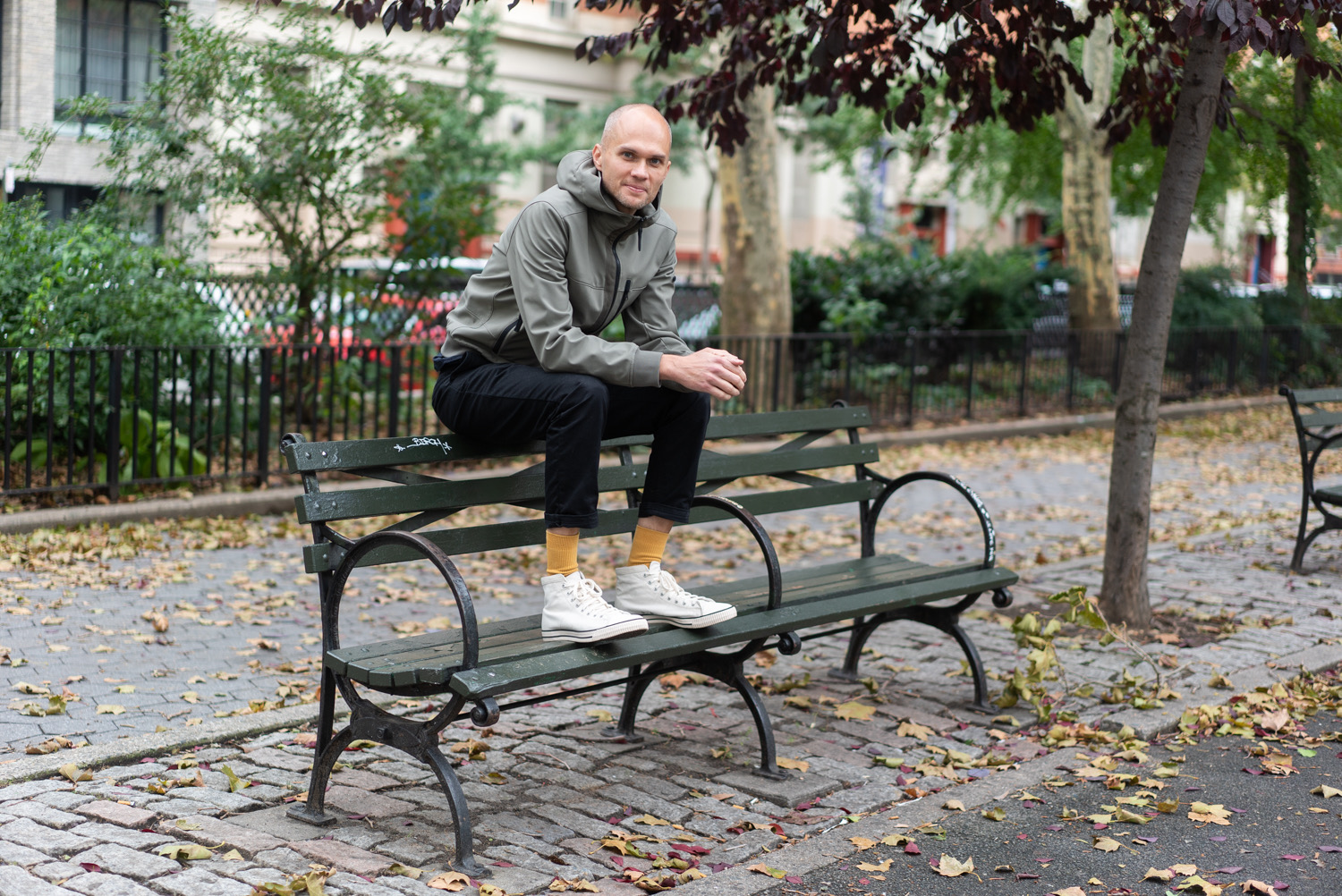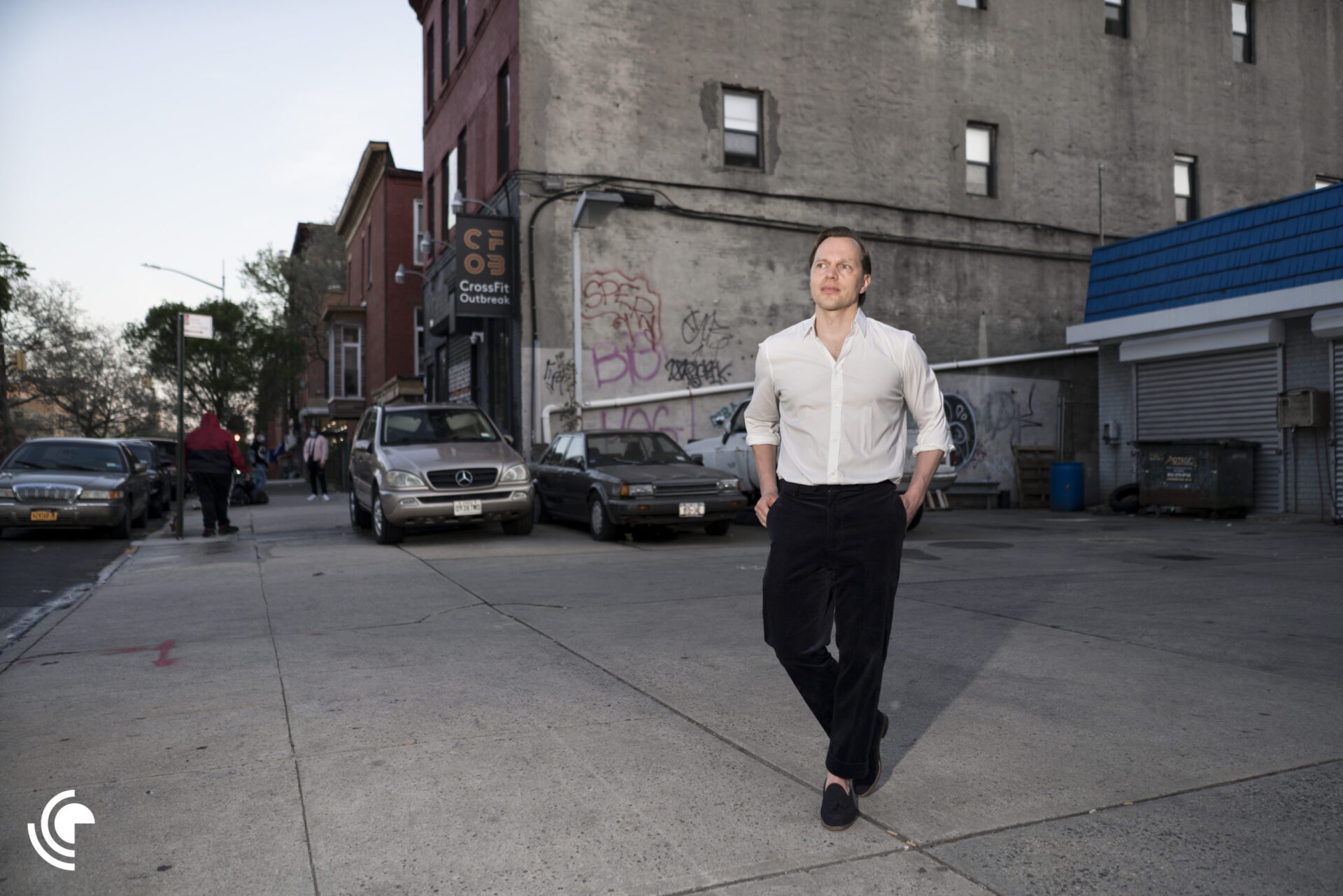The Future of Patienthood
A Gemic Whitepaper What happens to the social roles of patienthood and personhood, healthy and sick, when those roles no longer meaningfully articulate people’s health experiences? Is the health system ready for an influx of patients who, for all intents and purposes, appear and feel healthy?
We’ve been thinking a lot about the future of patienthood lately. It used to be that being a patient came with a clear set of social expectations and responsibilities. What was also clear was the time of patienthood, a time that was always temporary and clearly demarcated. We became patients when sick and in need of medical care and then, when we were better, we returned to our daily lives and roles and left patienthood behind. This is nothing new, the great sociologist Talcott Parsons wrote about “the sick role” in the 1950’s. The edges between patienthood and personhood have eroded over the years and decades, though, to become less and less distinct. In particular, chronic disease, with its “forever” timelines, make the phases of sickness and health fuzzy at best. To be fair, the healthcare industry from pharma and life sciences to payers and providers have invested heavily in patient-centric strategies which could be seen as ultimately helping people to regain personhood from within a designation of patienthood.
But while chronic disease brought new, sometimes permanent timelines to patienthood, new health technologies and new developments in biology introduce a new and entirely different view on patienthood that must be considered as we consider how to make patients part of the health process and how to provide them with increasing literacy, engagement and agency. As diagnostic and treatment techniques and technologies continue to develop we are able to make interventions earlier and earlier in people’s lives. With the ability to test genetic markers, with the development of criteria for ‘at risk’, we move into an area where the lines between sick and healthy are no longer clear. Instead, many people now are situated along a spectrum that sits somewhere between healthy and diseased. What does it mean for a person when they are diagnosed for a disease long before they ever have symptoms? On the one hand, it may mean earlier intervention with the promise of better long-term outcomes. But for the person, it casts them into a grey zone that is neither patienthood nor personhood, a place in which uncertainty is the order of the day.
What does it mean to seek out treatment for a disease that you are told you have but is still latent and would not manifest for many years? How does one weigh the pros and cons of risk, of potential, of an unknown future experience against a potentially unpleasant or invasive treatment today? These are questions that are faced head-on by a very small segment of the population today, most notably women with the BRCA1 gene for breast cancer, some of whom opt for preventive mastectomies in the face of possible or likely future manifestation. But these decisions and these experiences will become more and more widespread as more genetic markers are identified and as treatments are developed that intervene very early in disease progression.
These issues raise a number of questions about the evolving landscape of relationships doctors and patients will have to navigate. Questions of trust and the exchange of meaningful information come to mind. But more importantly, the fundamental question is: is the health system ready for an influx of patients who bear no discernible resemblance to sick people – or at least sick people as we have come to think of them? Many things will have to be rethought for this group of “patients” – from the mundane to the philosophical – such as what support services are relevant and useful; how does adherence work; what does proactivity mean and, even, what does sick leave look like?
Of course, this set of circumstances is not just relevant to sickness. States of so-called health and wellness are no longer absolutes but aspirational guides. We live in an era where every decision, every act, has health considerations and consequences. Of course, the backdrop to all this is a profound episode of convergence wherein questions of health and wellness have simply become part of the everyday fabric of life. In some ways the word patient is just a name that we give to a state of being sick and under the care of professionals. But names connote things of meaning. Patienthood demarcated a socially acceptable time and space to be ill, to need and deserve care, and while it denotes a sort of reliance and deference to others, it also signified a trajectory that implied an end or an exit from that status. But when the very architecture of what it means to be a patient is eroding before our eyes we must consider the consequences.
For care companies – be they life sciences and pharmaceutical or clinical providers of care – the consequences may be profound. The future of patienthood will demand that they rethink how they identify, talk to, engage and care for their clients. Without clear times and spaces of patienthood, or of sickness and health for that matter, spaces and services exclusively devoted to those concepts may need to be rethought or have an opportunity to redefine themselves in more plastic and dynamic ways. As an exercise, considering the possible futures of patienthood, and other socially foundational terms and roles that will be radically reshaped by emergent technologies, needs to be a part of everyone’s toolkit.
A future where people will increasingly be “diagnosed” with diseases – like Parkinson’s or Alzheimer’s – that they don’t in any meaningful sense yet have, and by that, I mean “experience”, provides us with a kind of limit case for interrogating the futures of terms that we currently take for granted. But in an era where terms, meanings, states of being are colliding, reforming and converging anew, the new possibilities of patienthood demonstrate the fluidity by which health futures are currently forming. By considering how technologies may reshape meanings we can get ahead of the changes we will need to build into the system before it’s too late.








